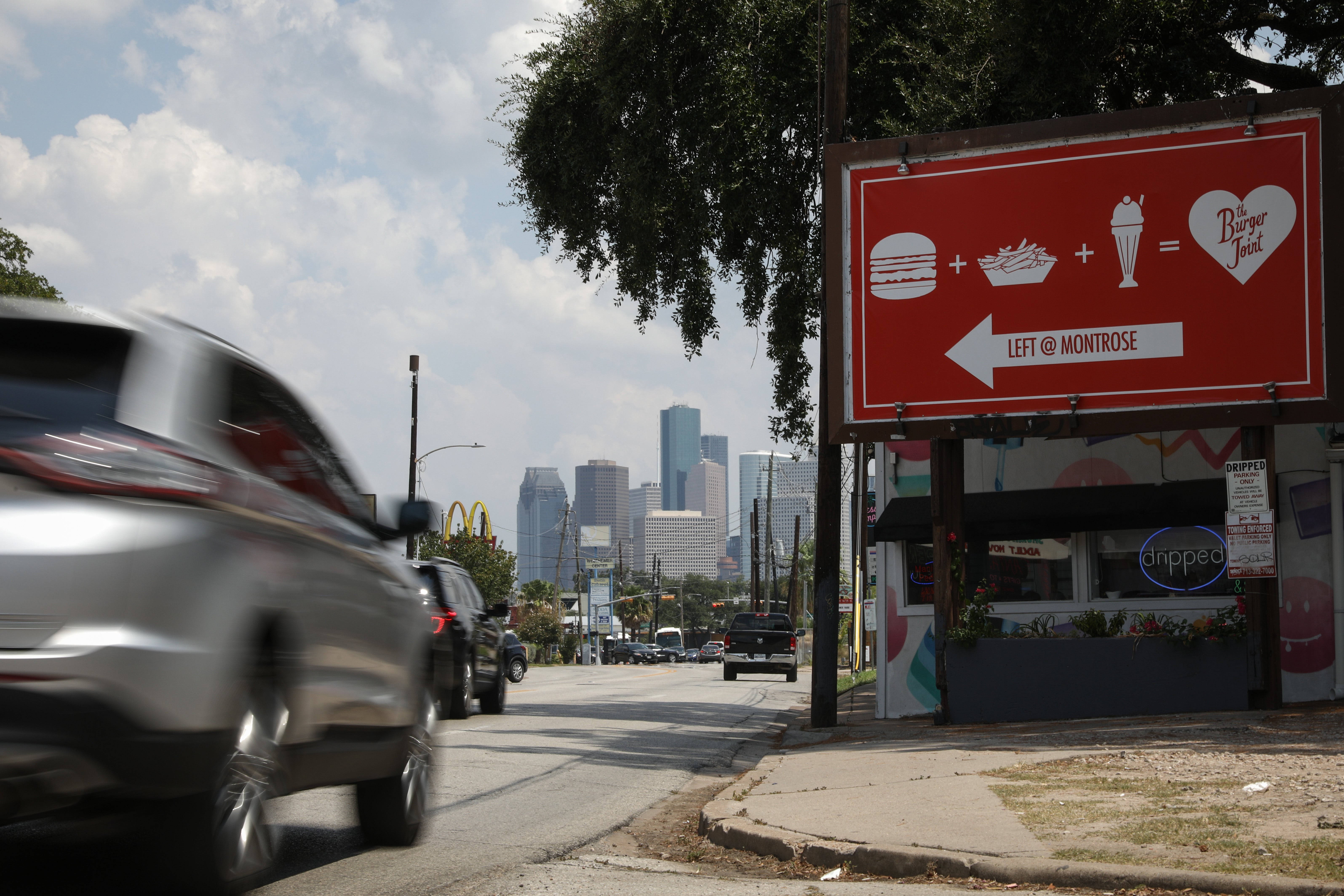
A new study reveals that one major U.S. city is sinking faster than any other—and it’s not in the Sunshine State.
Researchers from the Columbia Climate School’s Lamont-Doherty Earth Observatory published their findings in the Nature Cities journal on Thursday.
The study focused on the 28 most populous cities across the country, each home to more than 600,000 Americans. Recent satellite data was used to monitor land movement down to the millimeter.
In a staggering twist, the study’s authors found that in 25 of the cities, two-thirds or more of their land was sinking. All of the 28 cities experienced some degree of land subsidence.
One city had sunk lower than any other: Houston.

According to the study, approximately 40 percent of Houston’s area subsided more than five millimeters per year, and about 12 percent was sinking at double that rate. Some localized spots were found to be sinking as much as 50 millimeters per year.
Other major Texas cities were also found to be sagging deeper into the earth. Dallas and Fort Worth were found to be experiencing subsidence at rates above three millimeters per year in 70 percent of their total areas.
Ten percent of the area in Chicago and New York City was also found to be sinking at a rate of three millimeters per year.
Researchers said about 34 million people—about 10 percent of the U.S. population—are in the subsidence zones. More than 29,000 buildings in the cities analyzed were found to be at very high risk of damage.

Factors such as groundwater pumping and oil extraction are causing land to cave in on itself, which poses an infrastructure risk in major urban areas. Researchers noted that buildings can be “silently” compromised over time, with damage only potentially noticeable when it is “catastrophic. "
“Unlike flood-related subsidence hazards, where risks manifest only when high rates of subsidence lower the land elevation below a critical threshold, subsidence-induced infrastructure damage can occur even with minor changes in land motion,” the study’s authors write.
The study said that the extraction of groundwater is likely the cause of subsidence in Houston, the worst-impacted city.
As cities continue to expand, populations increase, and climate change worsens, areas are likely to continue sinking.
Droughts, for example, can dry out soil in cities like Houston, leading to further groundwater extraction, continuing the cycle.
A separate 2023 study found that New York City is gradually sinking partly because of the weight of its skyscrapers.
Meanwhile, Galveston, Texas, is experiencing rapidly rising sea levels, outpacing other coastal cities such as Miami, Florida, and Charleston, South Carolina.
New Orleans, Louisiana, is rapidly subsiding at up to 50 millimeters per year. The coastal metropolis is built on soft, marshy land.
Pope Leo warns against picking technology over faith amid ‘anti-Trump’ claims: Live
As 'Born in the U.S.A.' plays, American cardinals in Rome celebrate Pope Leo XIV
Pope Leo accused of not properly investigating allegations of child sexual abuse
Pope Leo XIV watched Conclave film before secret vote, his brother says
Tearful George Santos pleads for a pardon from Trump
Trump gets the Fox News band back together for his second administration







